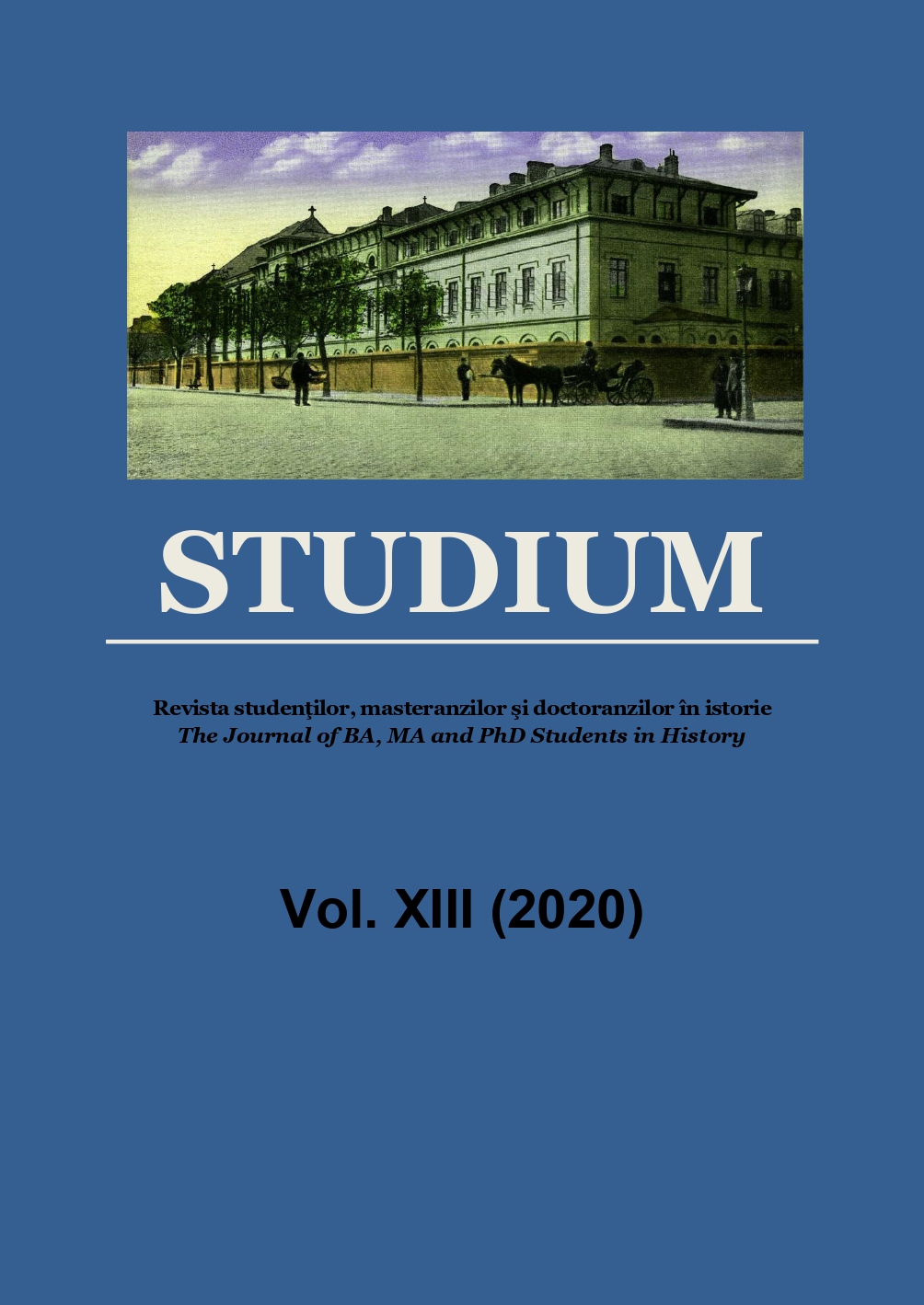ACTIVITATEA SPITALULUI DIN SULINA LA SFÂRŞITUL SECOLULUI XIX ŞI ÎNCEPUTUL SECOLULUI XX
The activity of Sulina hospital at the end of the XIXth and the beginning of the XXth century
Author(s): Ionuţ-Alexandru DRĂGHICISubject(s): Diplomatic history, Local History / Microhistory, Social history, 19th Century, Interwar Period (1920 - 1939), The Ottoman Empire, Between Berlin Congress and WW I
Published by: Universitatea »Dunarea de Jos« din Galati -Facultatea de Istorie, Teologie și Filosofie
Keywords: international organization;European Commission of the Danube;history of medicine;public health;seamen hospital;
Summary/Abstract: In the late XIXth century, Sulina Harbor was important through its strategic position. It was just a few hours away from Odessa and Constantinople, as well as a gateway to Europe. Therefore, it was a meeting point for both epidemic propagation and prevention policies. The European Commission of the Danube adopted a series of measures that gave a new dimension to public health at the mouths of the river. Combining social and medical models, these were based on the findings and regulations made by doctor Petrescu Hadji Stoica, chief doctor of the ECD Hospital in Sulina, and by Romanian authorities. Our study looks at the hospital’s activity from the end of the XIXth century up to World War One. In this period, it responded to the purpose for which it had been created, offering a growing number of consultations and diverse medical services. This prolific activity is presented in the extensive annual reports prepared by Dr. Stoica since 1890. His records also provided recommendations on improving public health at the mouths of the Danube. After the outbreak of WW1, the ECD experienced difficult times. Both navigation along the Lower Danube and the financial situation of the organization were affected. However, the hospital in Sulina remained busy, given that there were military operations in the region. This paper analyzes the ECD’s attempts to provide medical services to its employees and to local inhabitants. Our main source of information were the annual reports submitted by chief physician Petrescu H. Stoica. Together, the international organization and the Romanian authorities provided not only medical, but also social services, and a series of measures taken during the war gave a new dimension to public health in a strategic hub for the transportation infrastructure of the Danube and the Black Sea.
Journal: Studium - Revista studenţilor, masteranzilor şi doctoranzilor în istorie
- Issue Year: 13/2020
- Issue No: 13
- Page Range: 65-79
- Page Count: 15
- Language: Romanian

